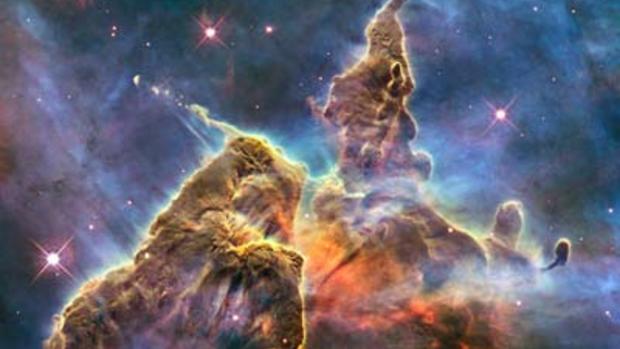Inventor of the camera used on Hubble telescope has died
Bruce Woodgate, the principal investigator for the Hubble space telescope camera that has helped scientists discover black holes and supernovas has died, NASA officials confirmed Thursday.
Woodgate died earlier this week after suffering several strokes in the past month.
A nearly 40-year NASA veteran, Woodgate was most well known for overseeing the design and development of the Space Telescope Imaging Spectrograph (STIS). The STIS was added to the Hubble space telescope in 1997.
"He was a good guy, and what I always thought a scientist should be: Curious, inquisitive, willing to try to figure out if something made sense (and willing to stick his neck out if it was anywhere near the borderline of possibility), and fascinated by the amazing and varied science his camera made possible," Phil Plait wrote in Slate. Plait worked on the STIS with Woodgate in late 1990s.
With this technology, the STIS has been a game changer in astronomy research.
Scientists have discovered supermassive black holes, merging "antennae galaxies," and planets around other stars using STIS. It has also detected an exoplanet's exosphere and the invisible high-speed collision around supernova 1987a.
In addition to STIS, Woodgate was developing a photon-counting UV detector using the latest in solid-state physics and nano-fabrication techniques.
Woodgate was a recipient of NASA's Goddard Space Flight Center's Award of Merit and the NASA's Distinguished Service Medal.
